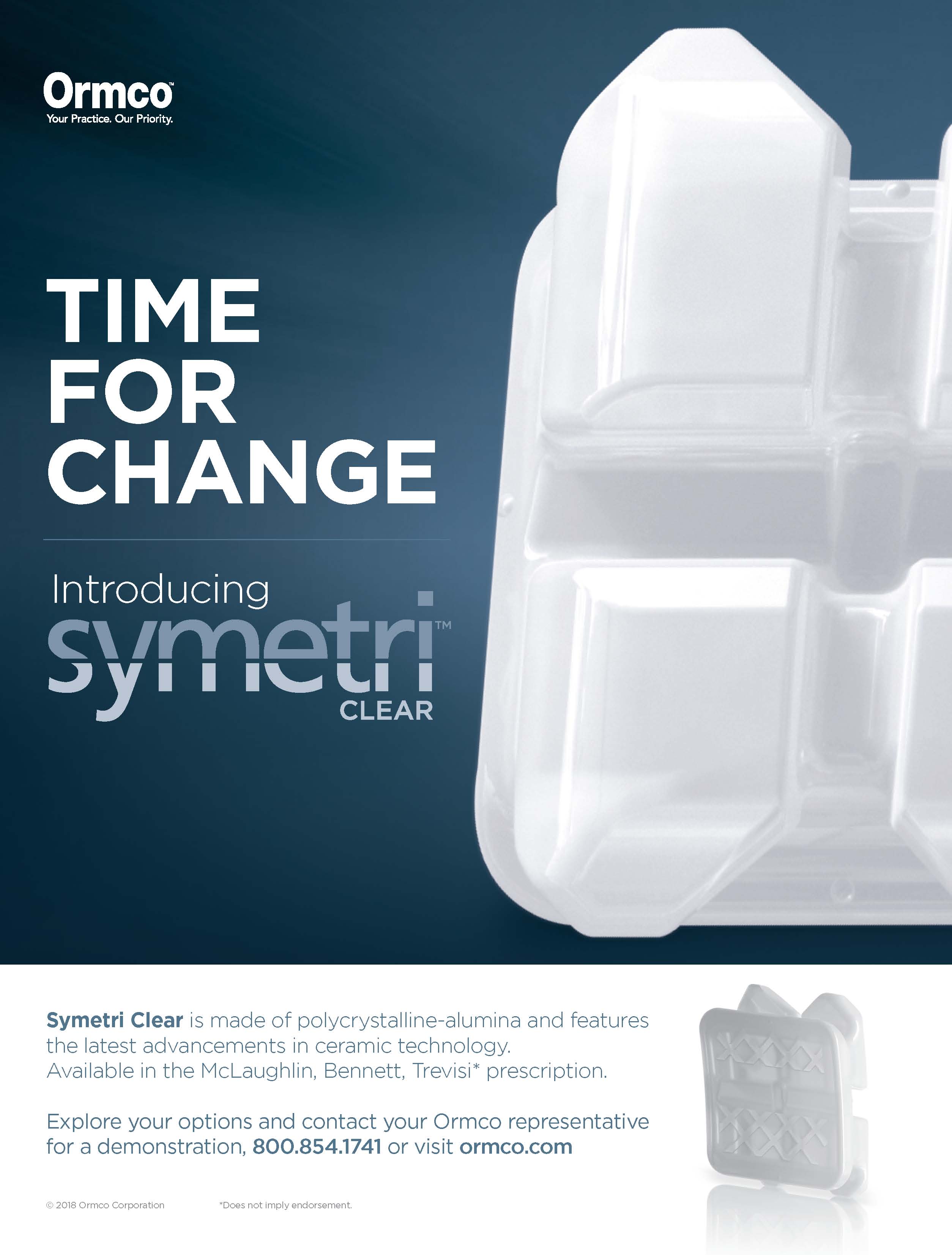Many patients who could benefit from orthodontic treatment are hesitant to start, even after a detailed examination and consultation process. They almost always want straighter teeth, a “better bite,” or simply a more esthetic smile. Reasons for putting off treatment or declining treatment altogether can include costs and anticipated pain, among a myriad of other factors. But when I talk to professional adults—doctors, lawyers, or educators who could easily afford treatment—perhaps the most common reason I hear for avoiding treatment is the amount of time involved. In the case presentations, when I tell such patients that treatment would probably take 24-30 months, their reactions range from agonized acceptance to, “Oh, my gosh, I had no idea it would take that long. I can’t do that, what with my job and all.”
This aversion to prolonged treatment has led to reams of research, both formal and informal, on various methods to reduce treatment time. When I was in my residency many years ago, there was substantial interest in pharmaceutical ways of accelerating tooth movement. Some lecturers advocated having patients routinely take anti-inflammatory drugs, while other speakers maintained that reducing inflammation would retard tooth movement. Still other approaches ranged from home remedies such as keeping sleeping quarters warm to stimulate bone lability (I never saw any actual data on that one, just opinion) to corticotomies and other surgically assisted techniques. I have to admit that I personally would never have undergone any sort of surgically aided acceleration procedure, and since I generally decide whether to recommend any treatment to a patient by a strict litmus test of whether I would I use it on myself, I never prescribed these methods.
Similar articles from the archive:
- THE EDITOR'S CORNER Acceleration Update May 2016
- THE EDITOR'S CORNER Accelerating Tooth Movement April 2014
- THE EDITOR'S CORNER Corticotomy-Assisted Orthodontics January 2013
In the past few years, some promising new systems for applying microtrauma to the teeth, such as vibratory devices, cortical perforations, and “degloving” procedures, have been developed to accelerate tooth movement and reduce treatment time. I do not mean in any way to criticize the many outstanding orthodontists who recommend and use these approaches. All of them have met with some degree of success, but again, would I use them in my own mouth? Probably not.
A couple of approaches that I definitely would consider using on myself would be biomodulation therapy with low-level laser therapy (LLLT) and low-intensity pulsed ultrasound (LIPUS). LLLT, also known as photobiomodulation, employs lasers or light-emitting diodes to enhance tissue repair and reduce pain and inflammation wherever the beams are applied. As commonly delivered by a doctor, therapist, or technician for various aches and pains, the treatments take about 10 minutes and, in sports medicine, are applied two or more times per week. More than 700 randomized clinical trials have been published on photobiomodulation, half of them dealing with pain. LIPUS is a newer medical technology, generally using 1.5MHz pulses of ultrasound, that also seems to show some promise in accelerating tooth movement.
The body of legitimate scientific literature on both LLLT and LIPUS is growing. In this issue of JCO, Dr. Raj K. Maurya and four co-authors from the Army Dental Centre in New Delhi, India, present a prospective, split-mouth controlled clinical trial that finds significant effects on the rate of tooth movement and on pain perception by the patient from both LLLT and LIPUS. This well-designed study comes to some interesting and clinically applicable conclusions that I invite you to evaluate on your own. And yes, I would undergo treatment with either of these two modalities in my own mouth.
RGK


